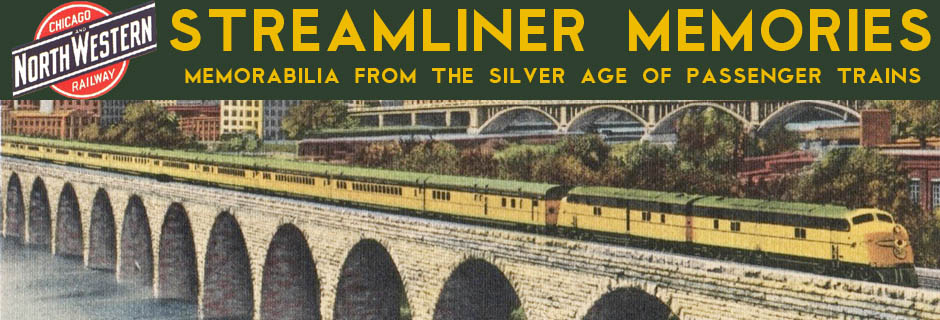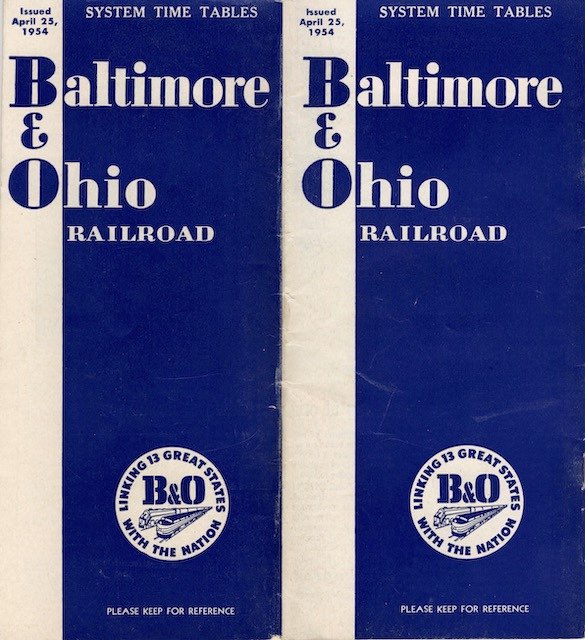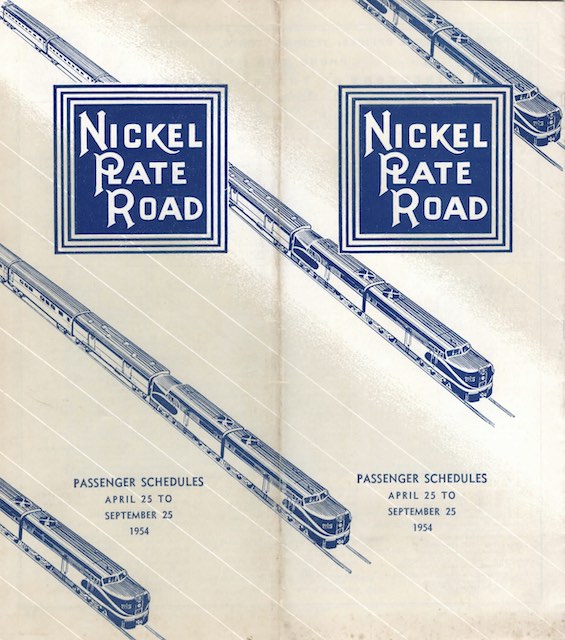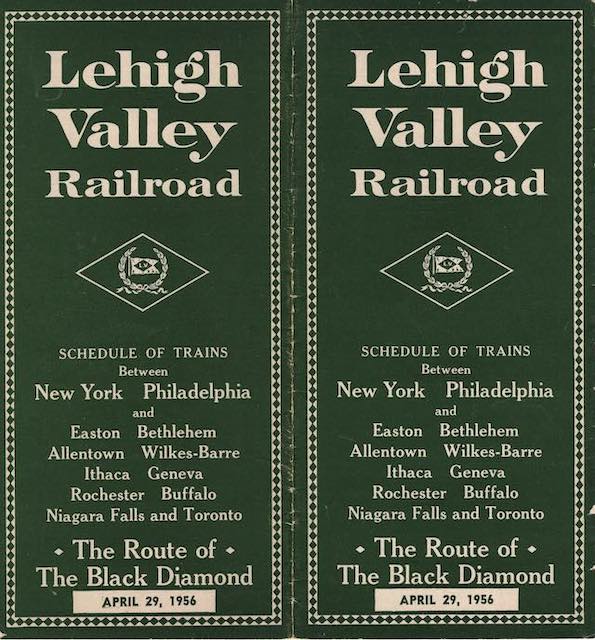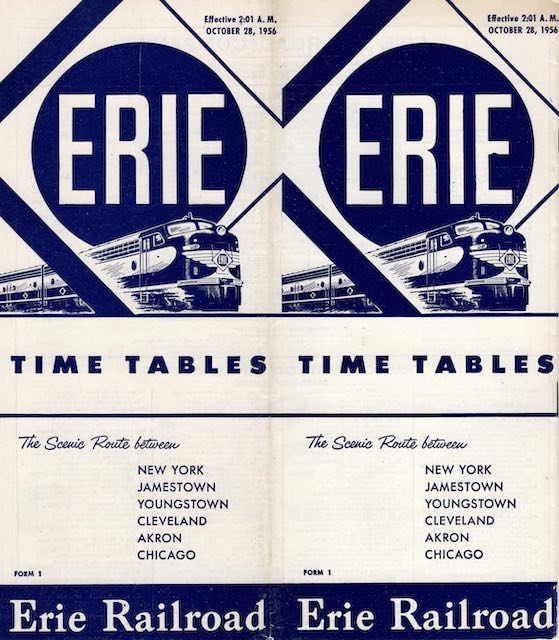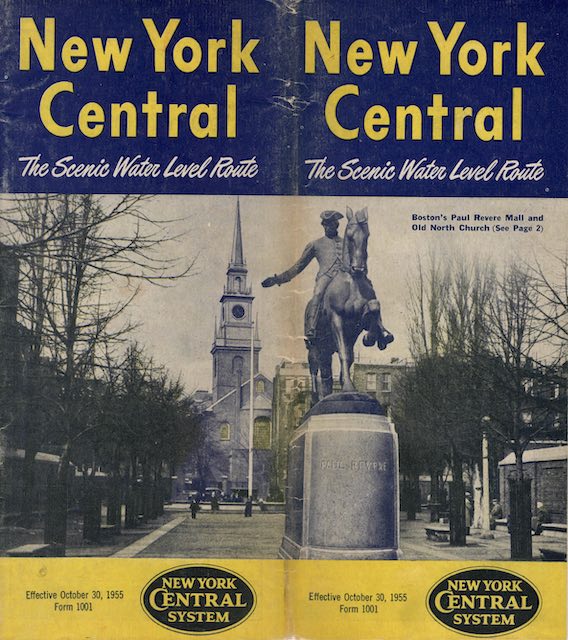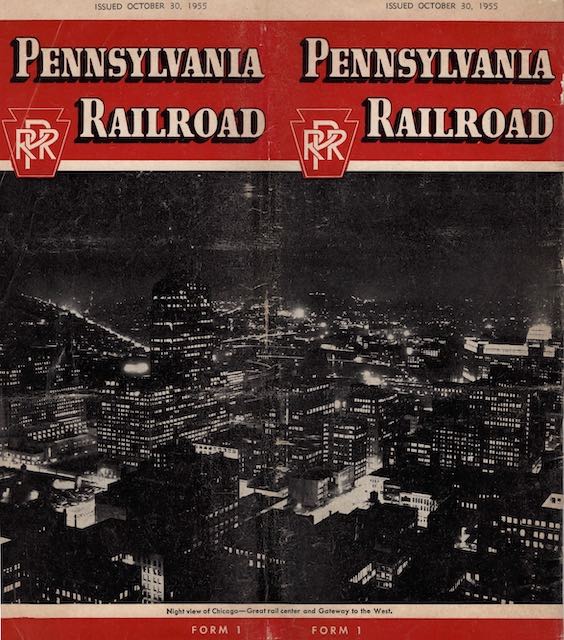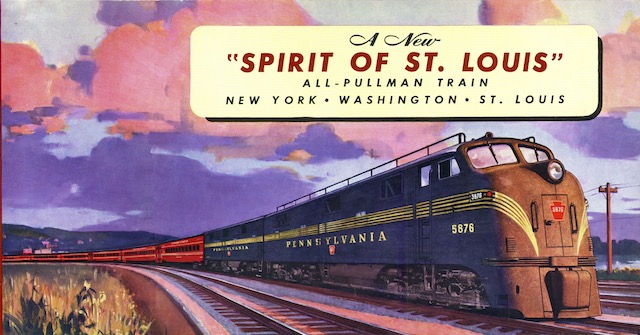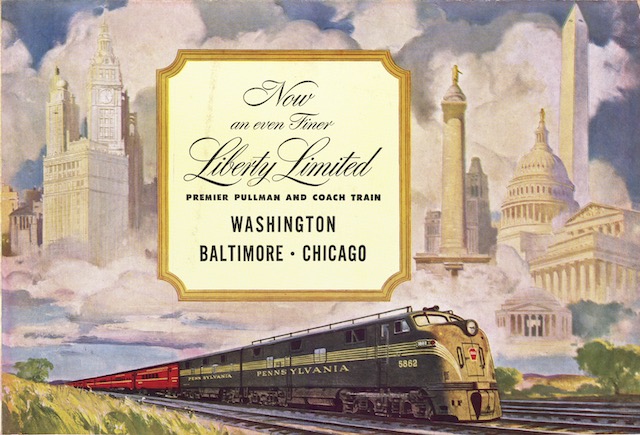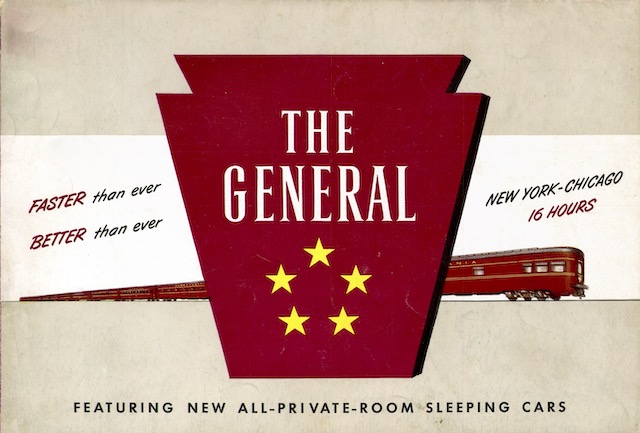Although slightly smaller than the B&O, the C&O was more profitable, which is what allowed it to take financial control of the Baltimore railroad a few years after these timetables were issued. The C&O didn’t operate as many passenger trains, which may have contributed to its greater profitability. For example, although it had its own line to Chicago, it operated passenger trains from the east coast only as far as Cincinnati and Louisville.
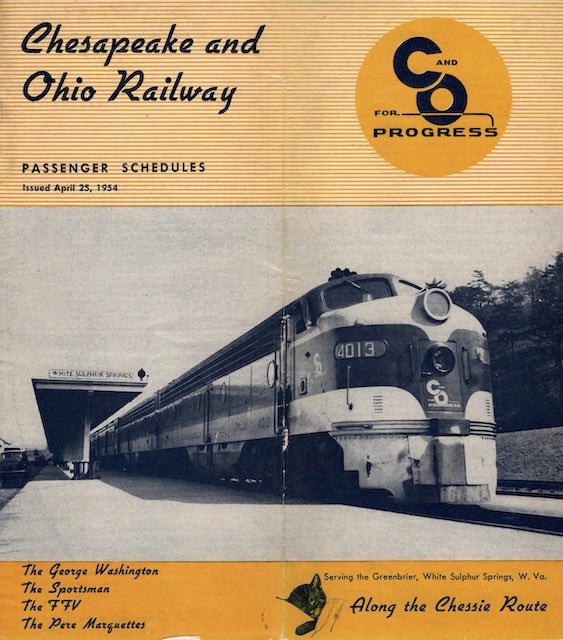 Click image to download a 12.8-MB PDF of this timetable contributed by Ellery Goode.
Click image to download a 12.8-MB PDF of this timetable contributed by Ellery Goode.
Though they were both issued in the same month, this timetable is less than half the length of yesterday’s B&O timetable. It mainly lists three Washington-Cincinnati trains as well as Pere Marquette trains in Michigan. It also has a few day trains in Kentucky, Virginia, and West Virginia and the schedules of the Lake Michigan steamers, the Badger and the Spartan.
